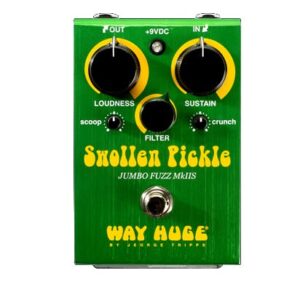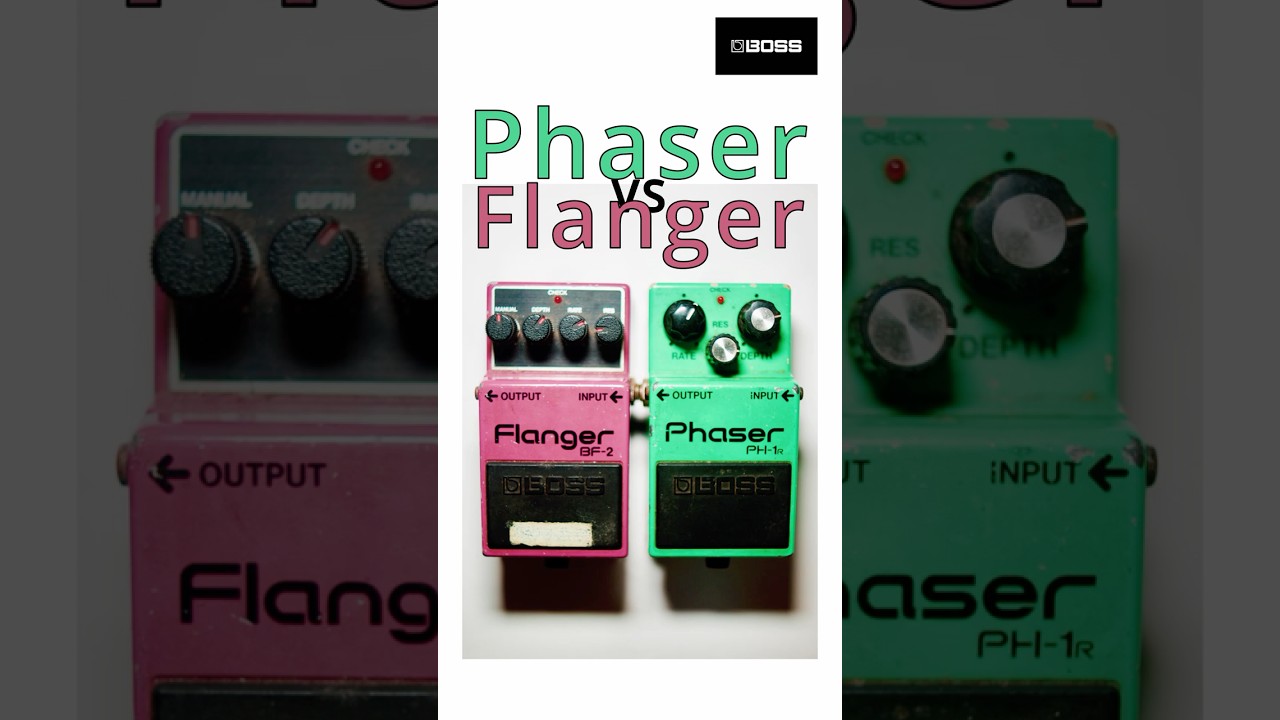Description
The Way Huge Smalls Green Rhino MKV Overdrive Pedal is currently retailing at £164.99 and it is in stock. Available to be delivered to you by post direct (some charge may apply).The team at Just Pedals think that Way Huge nailed it with the Way Huge Smalls Green Rhino MKV Overdrive Pedal.
Here's what Jim Dunlop Way Huge say about the Green Rhino MKV:
The Way Huge Green Rhino Overdrive MkV is the smallest of the herd, but it unleashes a stampede of gnarly, gritty tones that rivals its larger companions’. The Volume, Tone, and Drive controls cover the basic functions, while the Freq and Curve controls offer finer adjustment of your beastly sonic yield.
The Freq control cuts or boosts at either 100Hz or 500Hz – set internally – while the Curve control allows you to soften the creature’s roar if it gets too aggressive on the high end. With this level of versatility, you can take any amp from pristine to punchy, from dirty to thunderous. This pedal will have your amp showing a whole new side of itself.
Specifications
- Volume, Drive and Tone controls
- Frequency and Curve dials control 100hZ and 500hZ frequencies
- True bypass
- Runs on 9V DC battery or power supply
We have new and used Way Huge musical equipment available on our website for fast direct delivery from sellers across the UK & Europe.
Way Huge is a boutique pedal company known for its distinctive, high-quality effects pedals that offer musicians powerful tone-shaping capabilities. Founded by renowned pedal designer Jeorge Tripps in the 1990s, Way Huge became famous for creating unique and creative pedals that pushed the boundaries of traditional guitar effects. Iconic models such as the Swollen Pickle distortion, the Green Rhino overdrive, and the Aqua Puss delay are celebrated for their dynamic, expressive sounds and innovative designs. Way Huge pedals are prized for their durability, intuitive controls, and ability to produce rich, musical tones, making them a favourite among guitarists who appreciate both versatility and character in their gear.
Just Pedals is a new Guitar Effect Pedals Marketplace – We feature new and used Guitar Effect pedals from different sellers, to purchase online from the UK.
Overdrive is a popular guitar effect that creates a warm, distorted sound by amplifying the signal of an electric guitar, typically using a pedal or an amp’s built-in circuit. The effect simulates the natural distortion that occurs when a tube amplifier is pushed to its limit, creating a rich, harmonic response that adds sustain, warmth, and character to the tone. Overdrive pedals are commonly used to add grit and growl to a clean tone without the harshness of full distortion.
The overdrive effect works by boosting the input signal, causing the amplifier to break up and clip the waveform, resulting in a smooth, musical distortion. This is often more subtle and less aggressive than other forms of distortion, making overdrive pedals ideal for blues, classic rock, and country players who seek a dynamic sound that responds to their playing touch. Overdrive pedals can be used in conjunction with other effects like delay and reverb to shape a more complex, evolving sound. Popular overdrive pedals include the Ibanez Tube Screamer, the Fulltone OCD, and the Boss OD-3, each offering different tonal characteristics, from smooth and bluesy to punchy and aggressive.
Just the latest videos
Just related products
£133.97
Effect Pedal WAY HUGE Green Rhino Mini
£97.16
Dual-Stage Overdrive Circuit offers a level of sustain and compression unmatched by any overdrive pedal Increased dynamics yield a bigger sound than any previous BOSS overdrive pedal International products have separate terms, are sold from abroad an…
read more

























